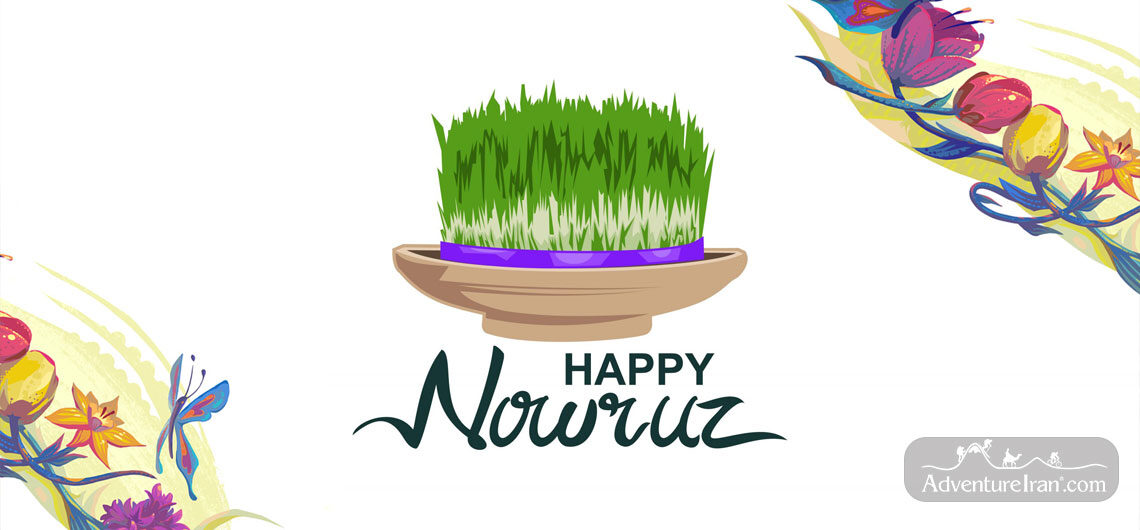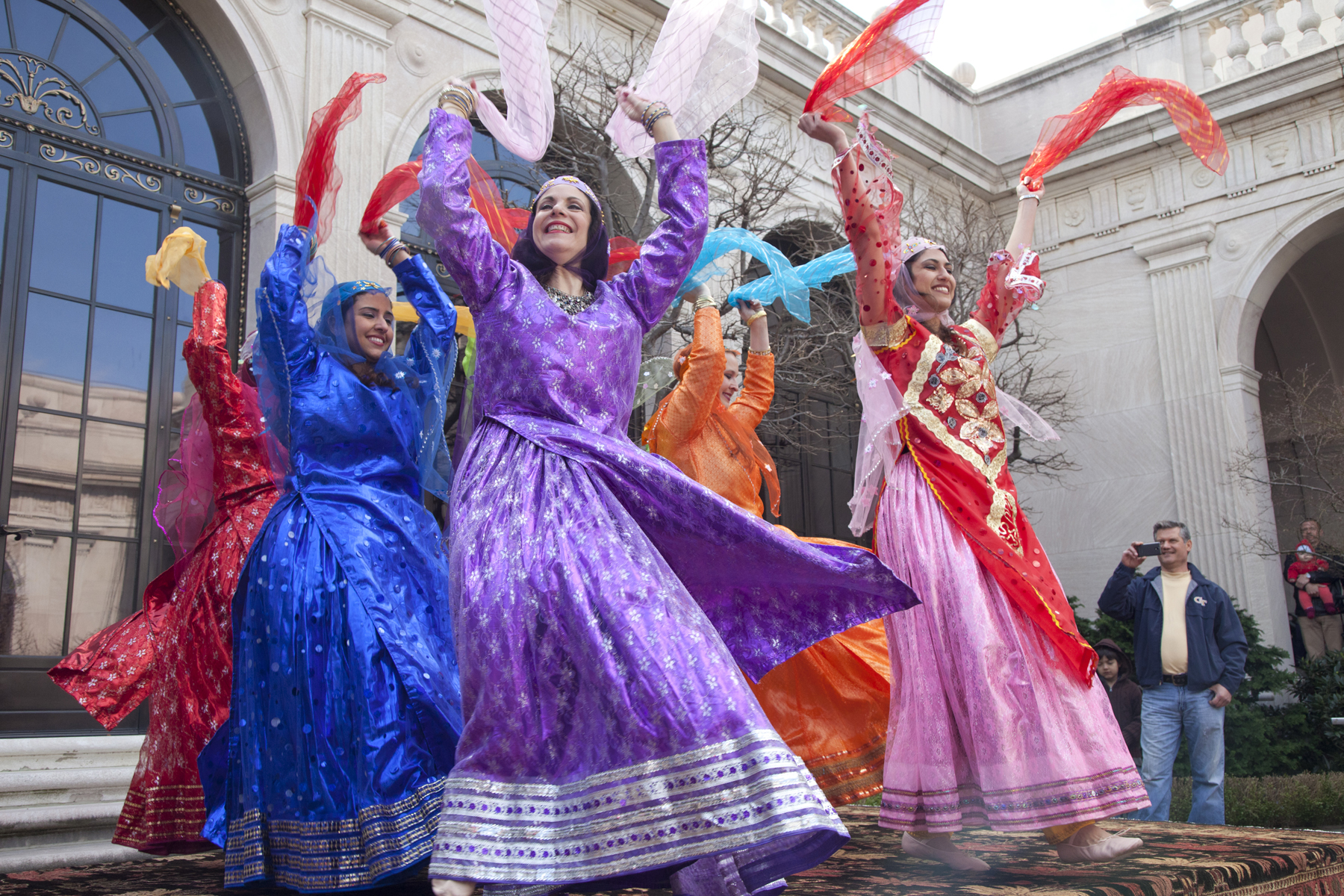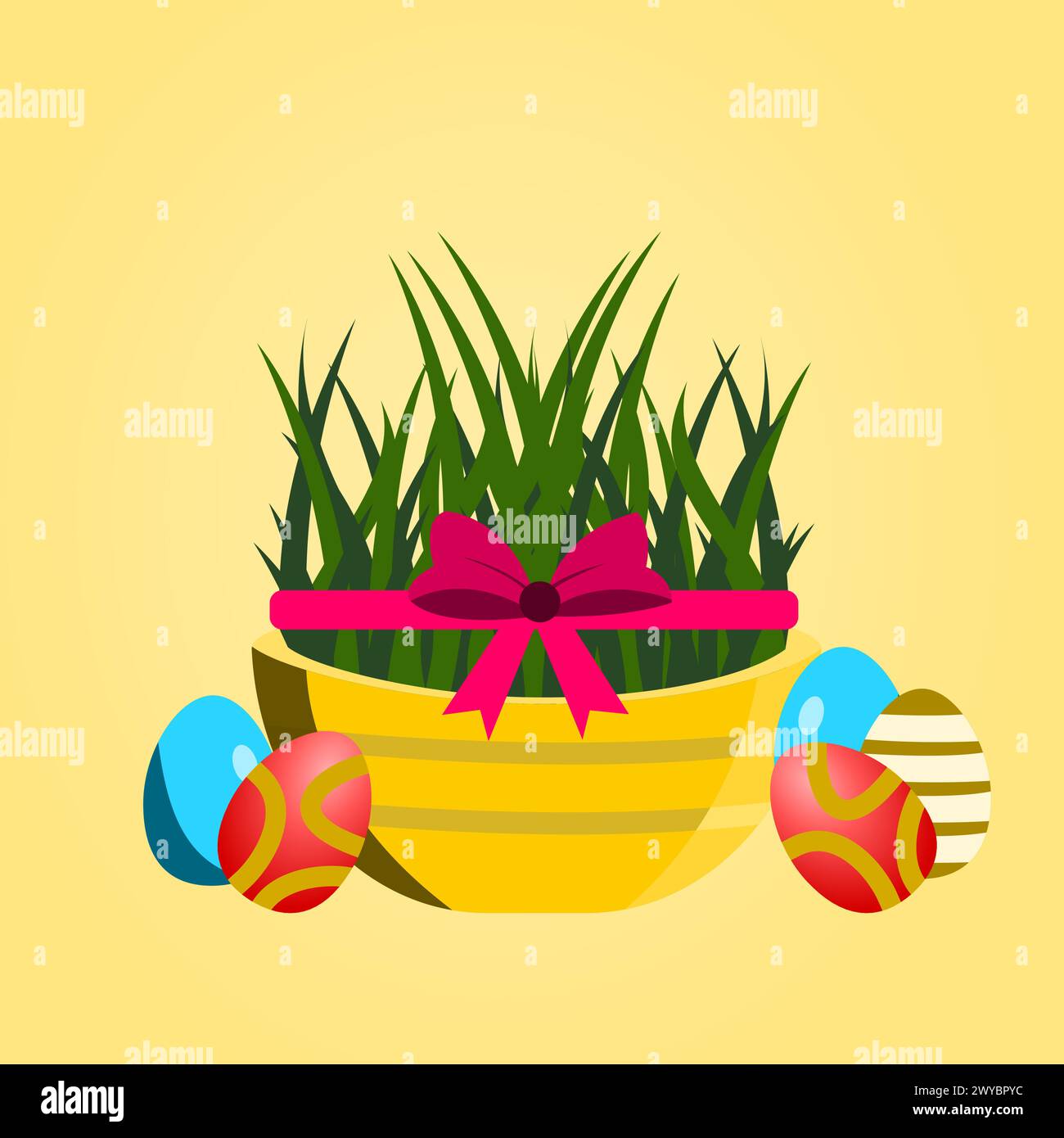Welcome, folks! Nowruz is not just another festival; it's a celebration of life, renewal, and the beauty of nature. This ancient tradition, deeply rooted in history, has been embraced by millions around the world. If you're curious about Nowruz, you've come to the right place. Let's dive into the vibrant world of this incredible cultural phenomenon and discover what makes it so special.
Nowruz, also known as the Persian New Year, is celebrated by people from various cultures and backgrounds. It marks the beginning of spring and symbolizes the renewal of life. This festival is more than just a celebration; it's a reflection of the rich cultural heritage that has been passed down through generations.
As we explore the depths of Nowruz, you'll uncover its historical roots, cultural significance, and how it continues to thrive in modern times. So grab your favorite drink, sit back, and let's embark on this journey of discovery together!
What is Nowruz? Understanding the Basics
Nowruz, which translates to "New Day" in Persian, is a celebration that dates back thousands of years. It's observed primarily in countries with Persian cultural influences, but its reach extends far beyond. The festival is deeply tied to the natural cycle of the seasons, marking the arrival of spring.
One of the most fascinating aspects of Nowruz is its universal appeal. People from all walks of life, regardless of religion or ethnicity, come together to celebrate this joyous occasion. It's a time for families to reunite, for communities to bond, and for individuals to reflect on the past year and set intentions for the future.
Here are some key points about Nowruz:
- It begins on the vernal equinox, typically around March 20 or 21.
- The celebration lasts for 13 days, culminating in a picnic known as Sizdah Bedar.
- It's recognized as a UNESCO Intangible Cultural Heritage of Humanity.
A Glimpse into the History of Nowruz
Nowruz has its origins in ancient Persia, where it was celebrated as a Zoroastrian tradition. Over the centuries, it has evolved and adapted to the diverse cultures that embraced it. Historians believe that Nowruz dates back over 3,000 years, making it one of the oldest continuously celebrated festivals in the world.
During the Sassanian Empire, Nowruz was an elaborate affair, with grand feasts and ceremonies held in the royal courts. The festival gained prominence as it spread across the Silk Road, influencing cultures from Central Asia to the Balkans.
Today, Nowruz is celebrated in countries like Iran, Afghanistan, Azerbaijan, Kazakhstan, and Turkey, among others. Each region adds its unique flavor to the celebration, creating a tapestry of traditions that enrich the global cultural landscape.
The Symbolism Behind Nowruz
Nowruz is steeped in symbolism, with each element of the celebration carrying deep meaning. The festival represents the victory of light over darkness, good over evil, and life over death. It's a time to honor the cycles of nature and the interconnectedness of all living things.
One of the most iconic symbols of Nowruz is the Haft-Seen table, a traditional spread featuring seven items that begin with the letter "S" in Persian. These items include:
- Sabzeh (sprouts) – symbolizing rebirth and growth
- Samanu (sweet pudding) – representing affluence and fertility
- Senjed (dried fruit) – signifying love and affection
- Serkeh (vinegar) – embodying patience and wisdom
- Sib (apple) – representing health and beauty
- Somaq (sumac) – symbolizing the color of sunrise
- Sir (garlic) – signifying medicine and healing
The Haft-Seen table serves as a reminder of the values and principles that Nowruz represents, making it a centerpiece of the celebration.
Cultural Significance of Nowruz
Nowruz is more than just a festival; it's a cultural institution that binds communities together. It promotes values such as peace, harmony, and coexistence, which are essential in today's world. The celebration encourages people to reflect on their actions and make amends, fostering a sense of unity and understanding.
For many, Nowruz is a time to reconnect with loved ones and strengthen family ties. It's also an opportunity to engage with one's cultural heritage and pass down traditions to future generations. The festival's emphasis on inclusivity and diversity makes it a powerful tool for promoting social cohesion.
How Nowruz is Celebrated Around the World
While the core elements of Nowruz remain the same, the way it's celebrated varies from region to region. In Iran, for example, the festival is marked by a series of rituals, including house cleaning, wearing new clothes, and visiting family and friends. In Azerbaijan, the celebration includes traditional music and dance performances, while in Afghanistan, it features colorful parades and kite flying.
Here's a glimpse of how Nowruz is celebrated in different parts of the world:
- In Turkey, Nowruz is known as Nevruz and is celebrated with traditional folk dances and feasts.
- In Uzbekistan, the festival is marked by the preparation of sumalak, a sweet dish made from germinated wheat.
- In Kyrgyzstan, people gather for horse games and other traditional activities.
These diverse celebrations highlight the adaptability and resilience of Nowruz, ensuring its continued relevance in modern times.
The Role of Nowruz in Modern Society
In today's fast-paced world, Nowruz offers a much-needed respite from the chaos and stress of daily life. It encourages people to slow down, appreciate the beauty of nature, and reconnect with their inner selves. The festival's emphasis on renewal and transformation resonates with individuals seeking personal growth and self-improvement.
Moreover, Nowruz serves as a reminder of the importance of cultural preservation. In an era where globalization threatens to erode traditional practices, festivals like Nowruz play a crucial role in keeping cultural heritage alive. They provide a platform for communities to showcase their unique traditions and share them with the world.
Nowruz and Environmental Awareness
Nowruz also highlights the importance of environmental stewardship. By celebrating the arrival of spring, the festival draws attention to the beauty and fragility of the natural world. It encourages people to adopt sustainable practices and protect the planet for future generations.
Many Nowruz celebrations incorporate eco-friendly elements, such as planting trees or organizing clean-up drives. These initiatives not only enhance the festival's impact but also inspire participants to take action in their daily lives.
Nowruz Traditions and Rituals
Nowruz is rich in traditions and rituals that have been passed down through generations. From the preparation of the Haft-Seen table to the lighting of bonfires, each activity holds special significance. Let's take a closer look at some of the most popular Nowruz traditions:
- Charshanbe Suri – a pre-Nowruz celebration involving jumping over bonfires to purify the soul.
- Haji Firooz – a character dressed in red who entertains crowds with music and dance.
- Sizdah Bedar – a picnic on the 13th day of Nowruz, where people spend time outdoors and release sprouts into nature.
These traditions add depth and richness to the Nowruz experience, making it a truly immersive cultural event.
Food and Feasting During Nowruz
No celebration is complete without delicious food, and Nowruz is no exception. The festival is renowned for its mouthwatering dishes, which vary depending on the region. Some popular Nowruz foods include:
- Kuku Sabzi – a herb-based frittata
- Fesenjan – a walnut and pomegranate stew
- Baqlava – a sweet pastry made with layers of filo dough
These dishes not only tantalize the taste buds but also carry cultural significance, making them an integral part of the Nowruz experience.
Nowruz in the Digital Age
With the advent of technology, Nowruz has embraced the digital world, reaching a global audience like never before. Social media platforms have become hubs for sharing Nowruz traditions, recipes, and photos, allowing people to connect with others who celebrate the festival. Virtual events and online classes have also gained popularity, enabling individuals to participate in Nowruz celebrations regardless of their location.
While the digital transformation has brought many benefits, it's important to remember the importance of preserving the festival's authentic spirit. Balancing tradition with innovation is key to ensuring Nowruz remains relevant in the modern era.
The Future of Nowruz
As we look to the future, Nowruz continues to evolve and adapt to changing times. Its universal message of peace, harmony, and renewal resonates with people of all ages and backgrounds, ensuring its continued relevance. By embracing diversity and fostering inclusivity, Nowruz has the potential to inspire positive change on a global scale.
So, whether you're a seasoned Nowruz enthusiast or a newcomer to the festival, there's always something new to discover. Join the millions of people around the world who celebrate this incredible cultural phenomenon and experience the joy and beauty of Nowruz for yourself!
Call to Action: Share Your Nowruz Story
We'd love to hear about your Nowruz experiences! Share your favorite traditions, recipes, or memories in the comments below. And don't forget to spread the word by sharing this article with your friends and family. Together, let's keep the spirit of Nowruz alive and thriving!
And hey, if you enjoyed this article, be sure to check out our other content on cultural celebrations and global traditions. There's always more to explore and discover!
Table of Contents
- What is Nowruz? Understanding the Basics
- A Glimpse into the History of Nowruz
- The Symbolism Behind Nowruz
- Cultural Significance of Nowruz
- How Nowruz is Celebrated Around the World
- The Role of Nowruz in Modern Society
- Nowruz and Environmental Awareness
- Nowruz Traditions and Rituals
- Nowruz in the Digital Age
- The Future of Nowruz


